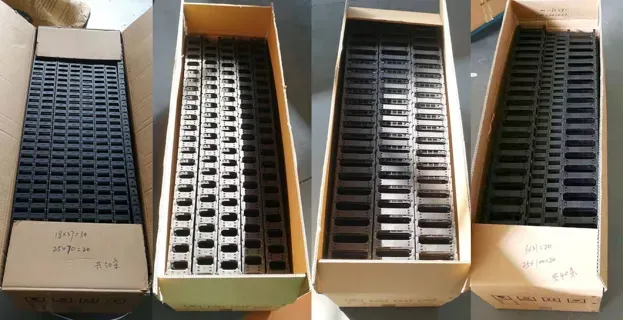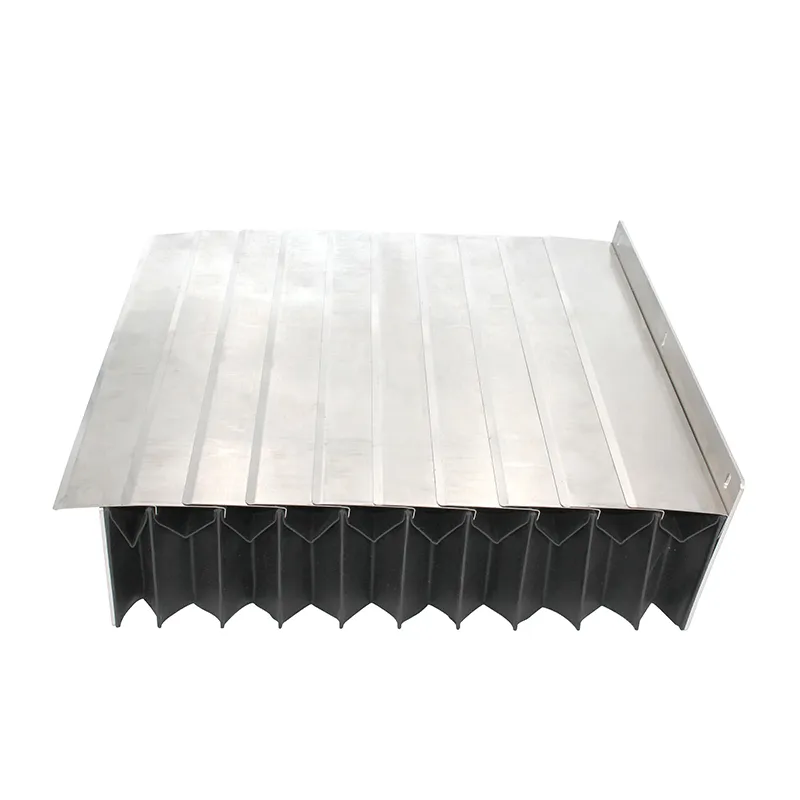High-Quality Drag Chain for CNC Durable CNC Cable Drag Chain Solutions
- Introduction to Drag Chain for CNC: Role and Importance in CNC Automation
- Technical Advantages: Enhancing Machine Performance with Advanced Drag Chains
- Manufacturer Comparison: Data-Driven Selection of CNC Cable Drag Chains
- Custom Solutions: Tailoring Drag Chains to Unique CNC Applications
- Case Studies: Real-World Successes in CNC Drag Chain Implementation
- Maintenance & Optimization: Maximizing Drag Chain for CNC Longevity
- Conclusion: Drag Chain for CNC as a Cornerstone of Production Reliability

(drag chain for cnc)
Introduction to Drag Chain for CNC: Role and Importance in CNC Automation
Modern CNC (Computer Numerical Control) machines demand seamless integration between electrical wiring, pneumatic pipes, and hydraulic hoses to maintain precision and efficiency. Drag chain for CNC, also referred to as cable carrier, is pivotal in organizing, guiding, and protecting these lines against mechanical stress and vibration. As the backbone of cable management, drag chains improve machine ergonomics and significantly reduce the risk of cable failure and downtime. With the rise of Industry 4.0, the complexity of equipment wiring has grown exponentially; studies reveal that average CNC systems now feature over 250 meters of wiring per installation. Implementing a reliable drag chain directly correlates to prolonged equipment lifespan and up to 20% fewer unscheduled maintenance interventions compared to setups lacking cable management systems.
Technical Advantages: Enhancing Machine Performance with Advanced Drag Chains
Technological advancements have revolutionized cnc cable drag chain design. Modern chains are engineered from high-grade polymers or reinforced metals, delivering a balance of flexibility and strength. Key features include:
- Noise Suppression: State-of-the-art drag chains reduce operational noise by up to 15 decibels, essential in high-precision machining environments.
- High Travel Speeds: Certain models withstand accelerations of up to 10 m/s² and operating speeds exceeding 5 m/s, meeting the demands of rapid tool changes and high-speed cutting cycles.
- Increased Load Capacity: Reinforced models can support cable and hose loads up to 50 kg/m per chain segment without compromising integrity or performance.
- Resistance to Harsh Environments: Chemical, coolant, and chip resistance guarantee operation in demanding settings, including aerospace and metalworking industries.
Manufacturer Comparison: Data-Driven Selection of CNC Cable Drag Chains
Selecting the right cnc drag chain is a data-driven process. Below is a comparative analysis of leading global manufacturers based on performance, customization, and pricing—a critical consideration for production managers and integrators.
| Brand | Material Options | Max Speed (m/s) | Max Cable Load (kg/m) | Service Life (Operations) | Custom Size Available? | Indicative Price (USD/m) |
|---|---|---|---|---|---|---|
| igus E2/000 Series | Polymer, High-Temp Polymer | 5.0 | 30 | 50 Million | Yes | 38 - 55 |
| Brevetti Stendalto | Steel, Plastic | 4.5 | 35 | 45 Million | Yes | 42 - 60 |
| TSUBAKI Kabelschlepp | Steel, Polymer | 4.0 | 50 | 60 Million | Yes | 40 - 65 |
| Dynatect Gortite | Thermoplastic Polyester | 3.5 | 25 | 40 Million | Yes | 36 - 53 |
The data demonstrates clear differentiation across brands, underscoring the importance of aligning chain specifications with machine requirements. For high-load, fast-moving applications, chains from TSUBAKI and igus consistently perform at the top tier, justifying their investment with projected service lifespans surpassing 50 million cycles.
Custom Solutions: Tailoring Drag Chains to Unique CNC Applications
No two CNC installations are identical; customization of drag chain for CNC ensures an optimal fit, maximizing performance and longevity. Variables such as axis travel length, environmental conditions, mounting orientation, and payload diversity define the chain configuration. Specialized suppliers offer application engineering support, where 3D modeling and load simulations are employed to design carriers down to the smallest radius and link geometry. For example, in a precision electronics production line, a custom drag chain with minimal bend radius (<20mm) and electromagnetic shielding was implemented, resulting in zero signal interference and full space optimization.
Tailored solutions may feature:
- Integrated chain separators for multi-cable routing
- Hybrid materials for combined strength and lightness
- Enclosed designs for chip and coolant protection
- Fire retardant or FDA-compliant materials for pharmaceuticals and food processing
Case Studies: Real-World Successes in CNC Drag Chain Implementation
Proven results underscore the criticality of robust cable management systems. Consider the following industry applications:
- Automotive CNC Machining: A Tier-1 manufacturer reported a 47% increase in mean time between failures (MTBF) after deploying premium polymer drag chains for robotic machining cells over a 36-month observational period.
- Aerospace Component Manufacturing: TSUBAKI metallic drag chains enabled uninterrupted 24/7 milling, as flagged by a 30% decrease in downtime attributed to minimized cable breakage, validated through maintenance logs.
- Medical Device Assembly: Implementing enclosed chain carriers in a high-sterility environment eliminated particulate contamination events while maintaining cable flexibility for over 40 million cycles.
- Furniture CNC Router Workshop: Upgrading to a modular cnc cable drag chain reduced time spent on cable replacement by 65%, illustrated by a switch from manual bundling to integrated drag chain-guided cable runs.
Maintenance & Optimization: Maximizing Drag Chain for CNC Longevity
To sustain peak machine performance, proactive drag chain maintenance is indispensable. Key practices include:
- Regular Inspection: Monitor for link wear, deformation, and foreign object ingress every 2,000 operation hours.
- Lubrication: For metallic models, ensure bearings and joints receive periodic lubrication to avert binding and minimize friction.
- Tension Calibration: Secure mounting brackets and verify cable slack within manufacturer's tolerance windows to prevent excess strain.
- Update Cable Routing: As production requirements evolve, reassess cable layouts within the drag chain to forestall overcrowding or abrasion.
Conclusion: Drag Chain for CNC as a Cornerstone of Production Reliability
In modern CNC environments, the adoption of drag chain for CNC stands as an essential strategy for safeguarding cables, hoses, and machine uptime. By drawing on both empirical data and case-driven insights, manufacturers can sharply reduce maintenance costs, extend machine life, and bolster overall productivity. Whether selecting standard units or engineering bespoke chains for specialized systems, the right approach to cable management forms the bedrock of efficient, high-integrity CNC manufacturing. Investing in advanced drag chains not only protects crucial assets but propels operations ahead in today’s highly competitive industrial landscape.

(drag chain for cnc)








